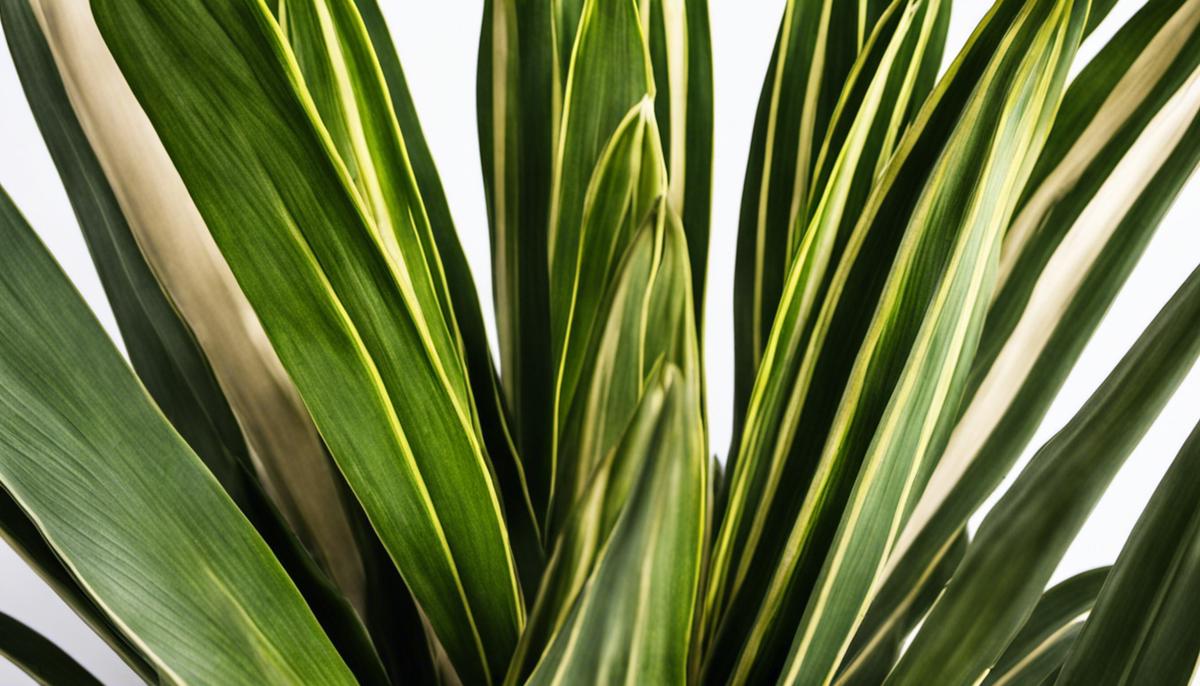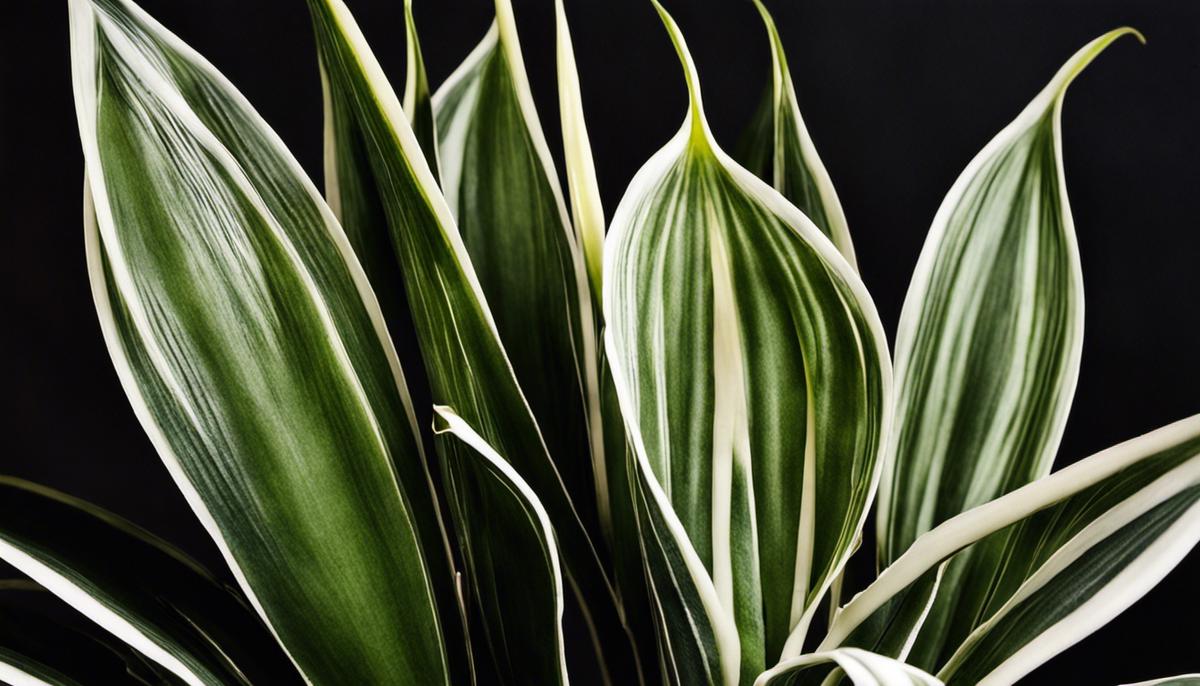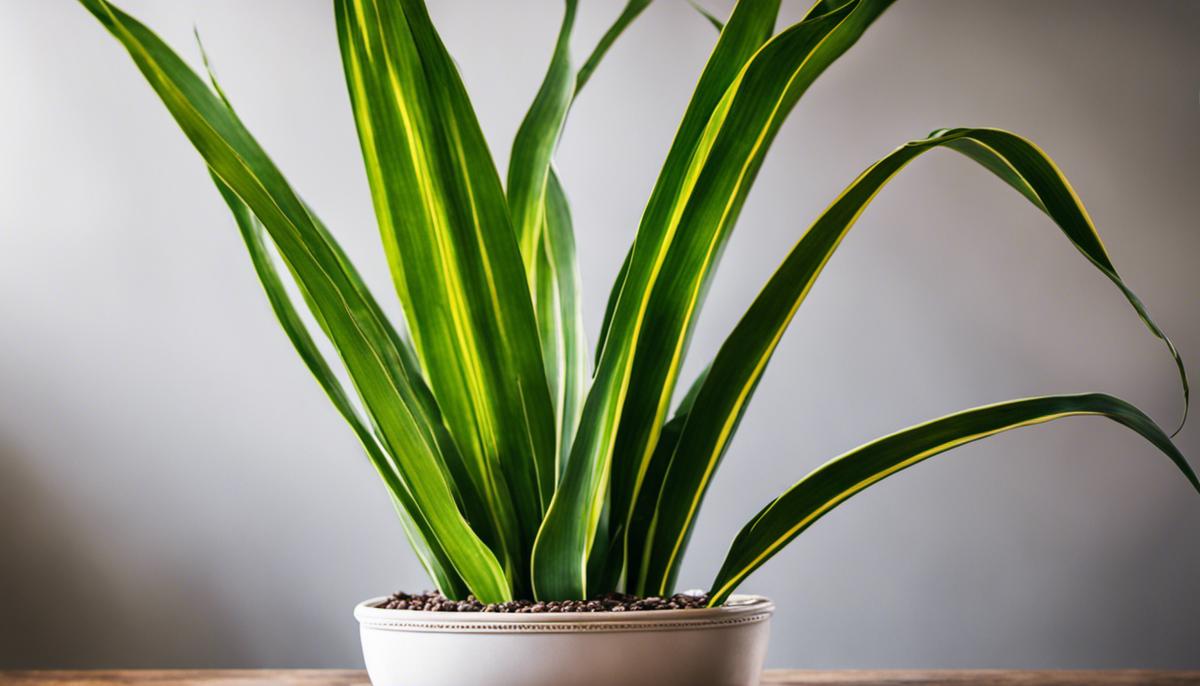Ask any seasoned plant enthusiast about a resilient and unique indoor plant and the name ‘Snake Plant’ is bound to come up. Famed for their low-maintenance nature and distinct aesthetic appeal, Snake Plants, also known as ‘Mother-in-Law’s tongue,’ are an intriguing group of plants with much to explore. From their roots in West Africa to their wide variety of species occupying living rooms across the world, these plants have secured their popularity in the plant world. This paper delves into the fascinating world of Snake Plants, notably spotlighting the tallest Snake Plant species, scrutinizing its exclusive characteristics, and providing comprehensive guidelines for its care and maintenance.
Overview of Snake Plants
Understanding Snake Plants
Snake plants, scientifically known as Sansevieria, belong to the Asparagaceae family. They are native to West Africa, from Nigeria to the Congo. The plant’s natural habitats are arid and semi-arid regions, which explains their notable resilience and low-maintenance characteristics.
Snake plants are famous for their unique features like upright, rigid leaves that often resemble the shape of a snake, hence the popular name. These leaves are waxy, thick, and range in color from dark green to silver-gray, usually with green cross-banding.
Varieties of Snake Plants
Numerous varieties of snake plants exist with each varying in size and shape, from dwarf to taller types. Some of these include Sansevieria trifasciata, Sansevieria cylindrica, and Sansevieria zeylanica. Each variety has a unique aesthetic appeal but, they all thrive under similar conditions.
The Tallest Snake Plant
Sansevieria trifasciata ‘Laurentii’ also known as the variegated snake plant, is one of the tallest varieties available. This type of snake plant can reach an impressive height between 3 feet to 4 feet tall. It is characterized by tall, rigid sword-like leaves with yellow margins.
Common Places and Uses of Snake Plants
Snake plants are highly versatile and adaptable. You’ll find them indoors as attractive houseplants or outdoors in landscaping. Their ability to tolerate low light conditions and a considerable amount of neglect makes them popular among horticulture enthusiasts. Moreover, their air-purifying properties make them ideal for improving indoor air quality as they remove toxins.
The Survival Superpowers of Snake Plants
Snake plants, part of the succulent family, are champions of adaptation. Their capacity to absorb and stockpile water in their leafy, thick flesh allows them to withstand conditions of drought. Their survival toolkit also boasts of a specialized process known as Crassulacean Acid Metabolism (CAM), helping them consume carbon dioxide at night while minimizing water usage.
The resilience of these plants is evident in their ability to prosper in diverse light conditions and withstand temperatures fluctuating between 55 to 85 degrees Fahrenheit. Their robustness paired with appealing aesthetics and variable heights, particularly the tall variants, make them a captivating subject for plant enthusiasts and botanists.

Characteristics of the Tallest Snake Plant
The Tallest of the Snake Plant Species
The genus Sansevieria, or commonly known as snake plants, have been credited with the natural capability of enhancing the quality of indoor air. They exhibit a wide array of dimensions, shapes, and hues. Among all these species, the Sansevieria zeylanica stands out for its towering height, which can stretch upwards of 2.5 meters.
Characteristic of Sansevieria zeylanica
Sansevieria zeylanica is characterized by its upright, sword-like leaf structure. The leaves are shiny, dark green with lighter varying band patterns and a sharp pointy tip resembling snake-like scales, from which it derived its common name. The texture of the leaves is smooth but hardy, almost identical to that of plastic. The leaves are considerably large, measuring up to 7 feet in length, and about 2.5 inches in width. When flowering, this species exhibits cream or white colored blossoms.
Growth Rate
The growth rate of Sansevieria zeylanica is relatively slow compared to other plants but is usually faster under optimal conditions. On average, it may take this plant about 5 years to reach its full height. Because of its slow growth rate, the Zeylanica is often prized for its low maintenance needs.
Optimal Growing Conditions
Sansevieria zeylanica thrives best under indirect sunlight, but it can also tolerate low light conditions as well as full sun exposure. This plant prefers temperatures between 70°F to 90°F and well-drained soil. Moreover, it is drought-tolerant and does not require regular watering.
The Majesty of the Tallest Snake Plant
When compared to other snake plant varieties such as Sansevieria trifasciata, Zeylanica towers above the rest. Common varieties of Sansevieria trifasciata, such as Golden Hahnii and Laurentii, usually reach a maximum height of approximately 36 inches. However, the wonderfully tall Zeylanica variety easily surpasses this, often growing as tall as an impressive 8 feet. The magnitude of the Zeylanica’s growth makes it the tallest member of the Sansevieria genus, adding a dazzling degree of architectural sophistication to any interior environment where they are featured.

Care and Maintenance for the Tallest Snake Plant
Nurturing the Growth of the Tallest Snake Plant
The stunning height of the Sansevieria zeylanica – the tallest snake plant that can ascent to an impressive aerial dimension of three feet – is all about providing the right care and maintaining suitable conditions. The health and growth of the towering Zeylanica plant relies heavily on a stalwart adherence to the plant’s specific care guidelines and optimal growth conditions.
Soil Requirements
The tallest snake plant grows best in well-draining soil. A general-purpose cactus or succulent potting mix serves well as it ensures the roots are not over watered and helps prevent root rot. It prefers slightly acidic to neutral pH levels.
Watering Schedule
When it comes to watering, it is crucial to remember that the snake plant prefers its soil on the dry side. Over watering can cause root rot. Therefore, you only need to water when the top two inches of soil are completely dry. During the summer, this could mean watering once every two weeks or so, while in winter, watering once a month is typically sufficient.
Light and Temperature Requirements
The tallest snake plant is a flexible houseplant when it comes to light requirements. It can thrive in indirect light, making it a perfect indoor plant. However, it also tolerates low light conditions. As for temperature, the optimal range for a snake plant is between 70 and 90 degrees Fahrenheit. It can tolerate temperatures as low as 50 degrees Fahrenheit, but frost or freezing conditions can severely damage or kill the plant.
Common Pests and Disease
One of the main enemies of the tallest snake plant is root rot, predominantly caused by over watering. Other common pests include mealybugs and spider mites. If you notice wilting, yellowing, or dark spots on your snake plant leaves, remove the affected leaves and treat the plant with insecticidal soap or a natural pest remedy like neem oil.
How to Stimulate Maximum Growth
For maximum growth, ensure that the snake plant is pot-bound. Like many other types of succulents, snake plants prefer being slightly root-constrained. Also, in the spring and summer when the plant is actively growing, it is beneficial to feed it with a dilute solution of a balanced, general-purpose houseplant fertilizer. This could be done as infrequently as once a month or as frequently as every two weeks.
In conclusion
caring for the tallest snake plant involves understanding its needs and providing them consistently. Providing the correct soil, water, light, temperature, and pest management can ensure a healthy, robust snake plant.

The tallest Snake Plant is a testament to the beauty, adaptability, and resilience inherent in nature. Caring for this plant is less about daily tending and more about providing the right conditions for it to independently prosper – a feature that makes it both a novice and professional gardener’s favorite. From rigorous research into its unique characteristics, maintaining the tallest Snake Plant boils down to understanding its preferences, needs, and potential threats. Enabling its optimal growth is a rewarding process, not just for its aesthetics but also for the air purification benefits it confers to its environment. Here’s to unmatched plant beauty, dacor, and serenity, right in our homes and offices, thanks to the tallest Snake Plant.
Discover Writio, an ingenious AI content writer that effortlessly crafts exceptional articles for your site. This fantastic piece was proudly authored by Writio.



